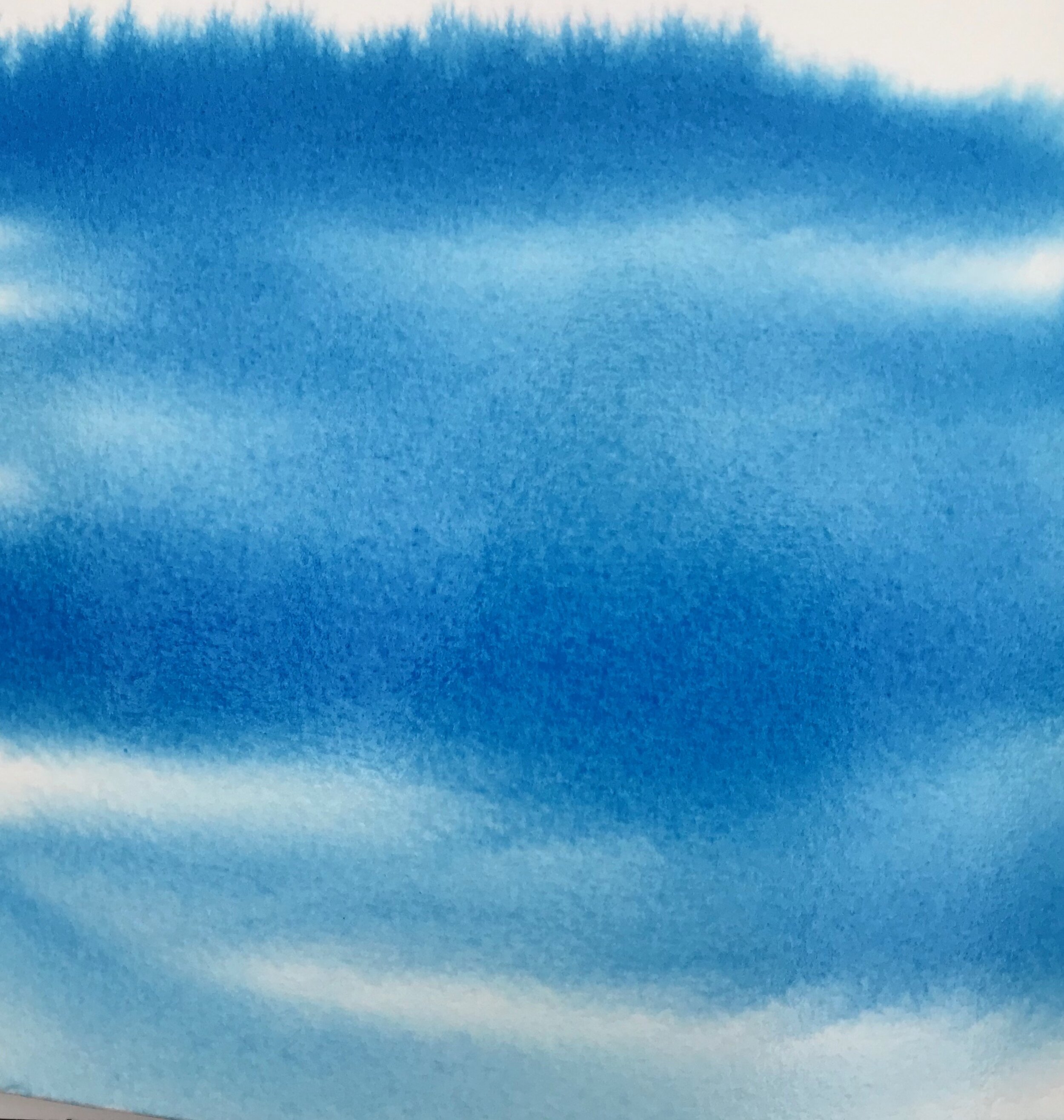
What is Transparency?
...words and ideas contributed by John Salminen, Catherine Wilson Smith, Tom Francesconi, Gerald Brommer, Nia Pirnat, Lenox Wallace and Donna Jill Witty.
“...white paper showing through a transparent wash is the closest approximation to light in all the media, and light is the loveliest thing that exists.” This is how Edgar Whitney describes and extols the virtues of transparency. Cheng Khee Chee expands on Whitney's definition by describing the effects of transparent washes. “The flow of washes possess a strong evocative power. The interpenetration of colors creates mysterious precipitations and nuances.” Respected artist and teacher, Frank Webb, describes luminosity as “...the painting's ability to give off light. It generally derives from the light within and beneath - such as the white of watercolor paper under paint.”
The Transparent Watercolor Society of America is dedicated to advancing the stature of and fostering appreciation of transparent watercolor. There are new products becoming available, that as an individual entice discovery and experimentation. Within our organization, we steadfastly abide by the same basic standards we have had since we began the society.
The definition of 'transparent' from the Webster Dictionary states: Having the property of transmitting rays of light through its substance. By simplifying our concept of what a transparent painting should be, we can place our trust in the final screening committee to guarantee continued high standards.

WHAT MAKES A PAINTING TRANSPARENT?
All watercolor pigments applied in a transparent manner allow light to penetrate the layers of glazes and reflect back through the pigments from the paper below. The whites are brilliant paper left unpainted. This light, reflecting off the white of the paper, makes the medium work.
White paint is by its very nature opaque, not transparent; it covers up what is underneath. It also permanently changes the surface of the area it has covered and its use can be both noticeable and unattractive. No white paint is accepted. Artists are required to preserve the white of the paper's surface wherever a white statement is intended.
While white paint interferes with the natural transparency of the medium, the use of transparent watercolor paint includes pigments classified as 'opaque' , such as the cadmiums and others which are acceptable as long as they are applied largely in a transparent manner. The focus on the way paint is applied to the paper, 'in a transparent manner', is to allow the white paper to create luminosity rather than, 'in an opaque manner', which obscures the reflected light. This shifts the emphasis from a discussion of pigment to the way in which pigment is applied. In practical terms, if the texture of the paper can be seen through a dark area of the painting, or there is an undulation of value or color(s) within it, then it is not 'opaque'. However, if the area shines, then the light is reflecting off of the pigment and not from the paper underneath.
